Figures & data
Figure 1. Tumor growth was not arrested after late administration of anti-PD-1 antibody.
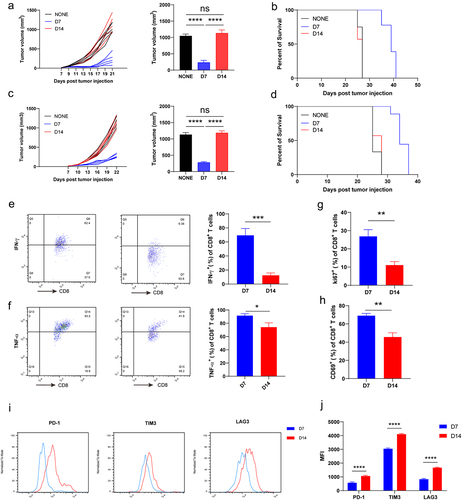
Figure 2. LFA-1 expression on intratumor CD8+ T cells decreased with tumor progression.
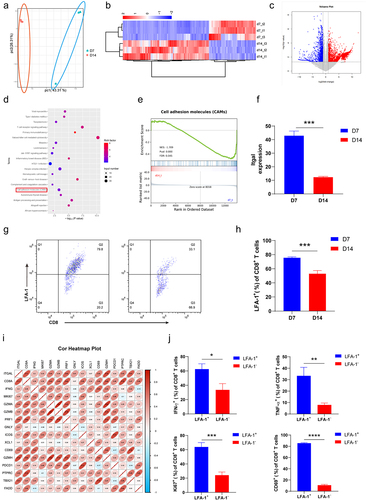
Figure 3. LFA-1 mediated immune synapse was responsible for increased antitumor functions of CD8+ T cells.
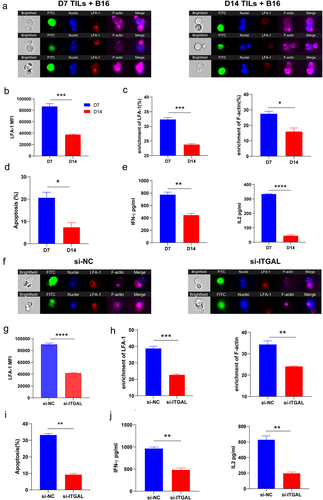
Figure 4. Low IL2/STAT5 signaling downregulated LFA-1 expression in tumor-infiltrating CD8+ T cells.
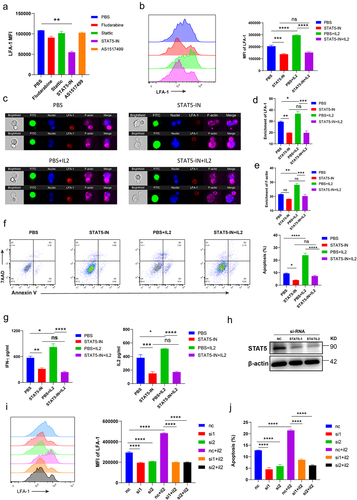
Figure 5. IL-2/STAT5 signaling regulated LFA-1 expression.
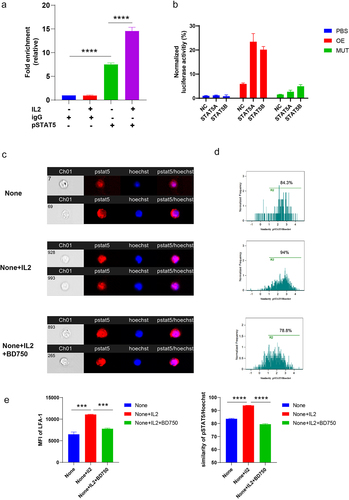
Figure 6. Activating IL2/STAT5/LFA-1 signaling enhanced antitumor function of CD8+ T cells.
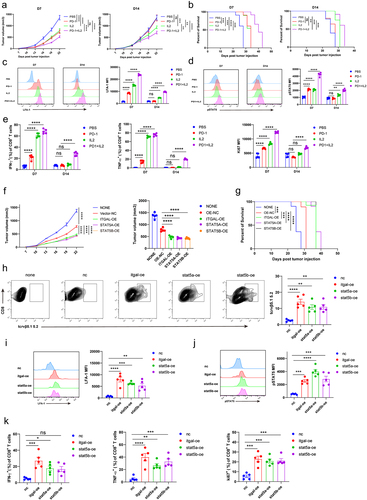
Supplemental Material
Download Zip (2.8 MB)Data availability statement
The date supporting the finding of this study are available from the corresponding author upon reasonable request.
